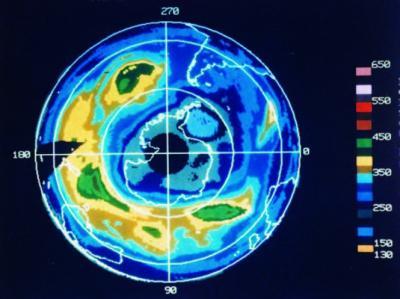Environmental (il)Literacy

The American road to environmentalism is littered with myths and a general misunderstanding of our country’s greatest challenges.
The facts paint a startling picture: 45 million Americans think the ocean is a source of fresh water. Nearly 130 million believe that hydropower is America’s top energy source, when it accounts for just 10 percent of the total. Another 120 million people think disposable diapers are the leading problem with landfills when they actually represent about one percent of the problem.
Those facts, recently tallied by the National Environmental Education Foundation for its Roper Reports, reveal that Americans believe they know more about the environment than they actually do.
But a lack of environmental knowledge is only a part of the problem. Since the No Child Left Behind law focuses primarily on reading, writing, and mathematics, many students are actually receiving less science instruction than they did before the law was enacted, says Alec Bodzin, associate professor of teaching, learning, and technology, and core faculty member of the Lehigh Environmental Initiative.
“Students completing elementary school need to have more than a basic awareness of ecological concepts in order to pass a high-stakes test,” says Bodzin. “Our K-12 schools need to provide each and every student with opportunities to acquire knowledge, values and attitudes, along with a commitment to protect and improve the environment.”
The 2005 national Academies report, Rising above the Gathering Storm: Energizing and Employing America for a Brighter Economic Future, helped draw attention to a critical lack of focus on science education in America. It's why Bodzin and a team of researchers launched Lehigh’s WELIM initiative, a pilot program funded by the Toyota USA foundation that creates a series of professional development materials for teachers.
WELIM also updates science and environmental curriculum using innovative geospatial information technologies, including Google Earth and GIS (Geographic Information Systems).
These technologies, including handheld GPS systems and Web satellite imagery, help students explore geography and collect data while becoming more familiar with their environment.
In one learning activity, students use GIS to analyze the energy resources of the Isle of Navitas, a small fictitious island about the size of Pennsylvania, and develop an energy policy for the island that has an efficient energy-resources mix with minimal impact for the environment.
For environmental literacy to be realized, all K-12 student need to be actively engaged in interdisciplinary environmental education curricula that emphasize student-directed scientific discovery of their local environment," says Bodzin.